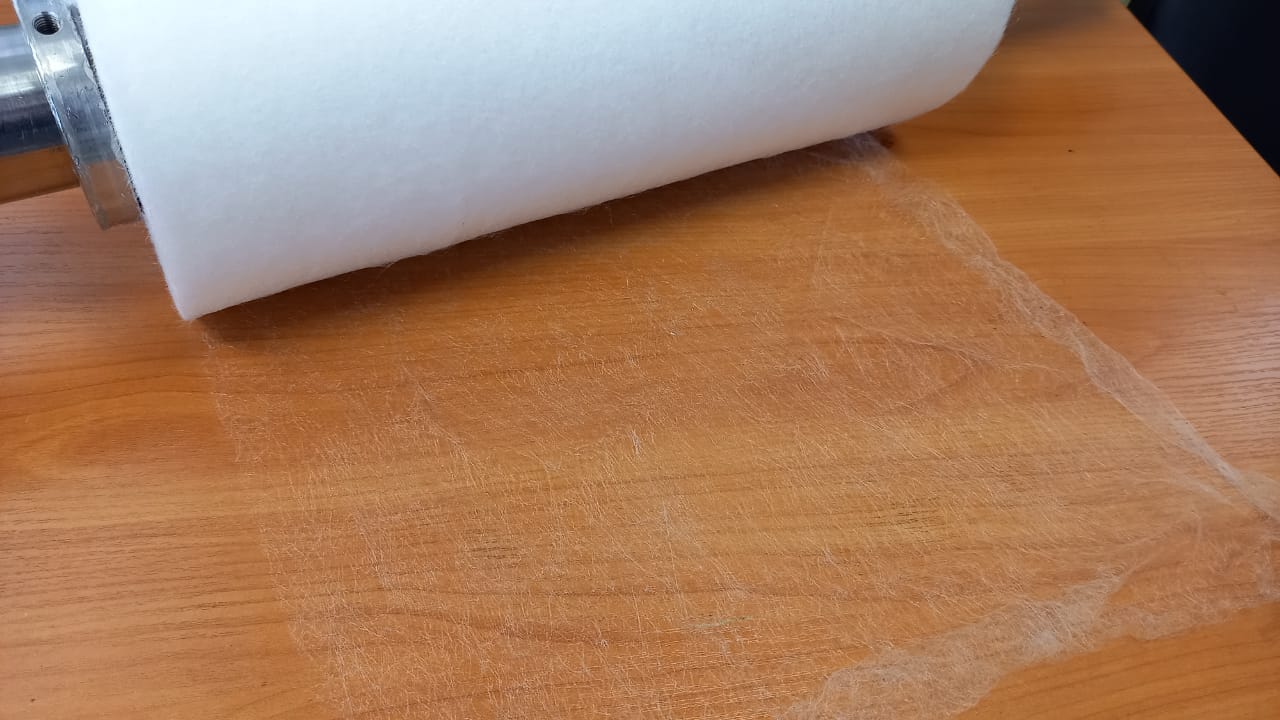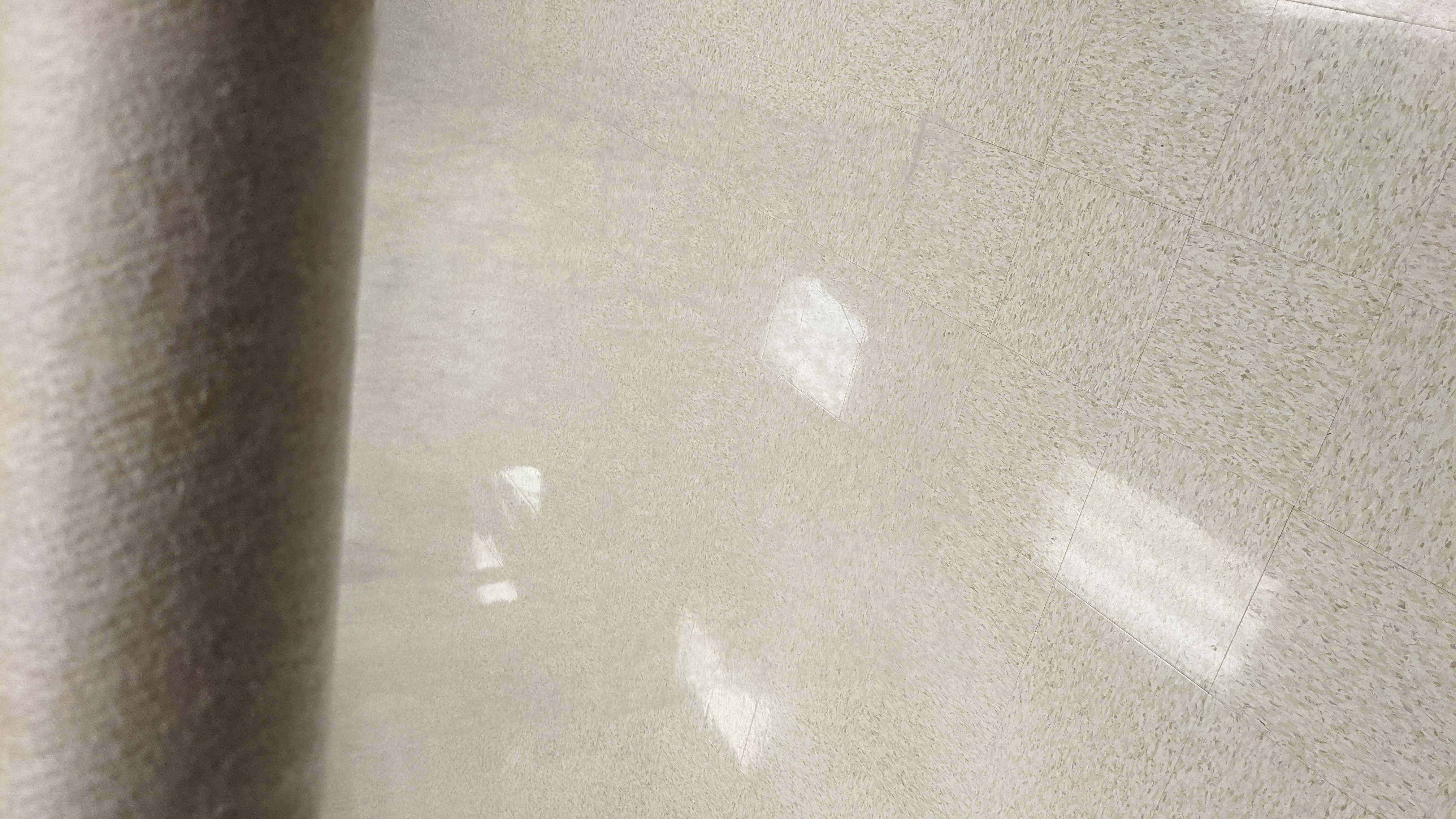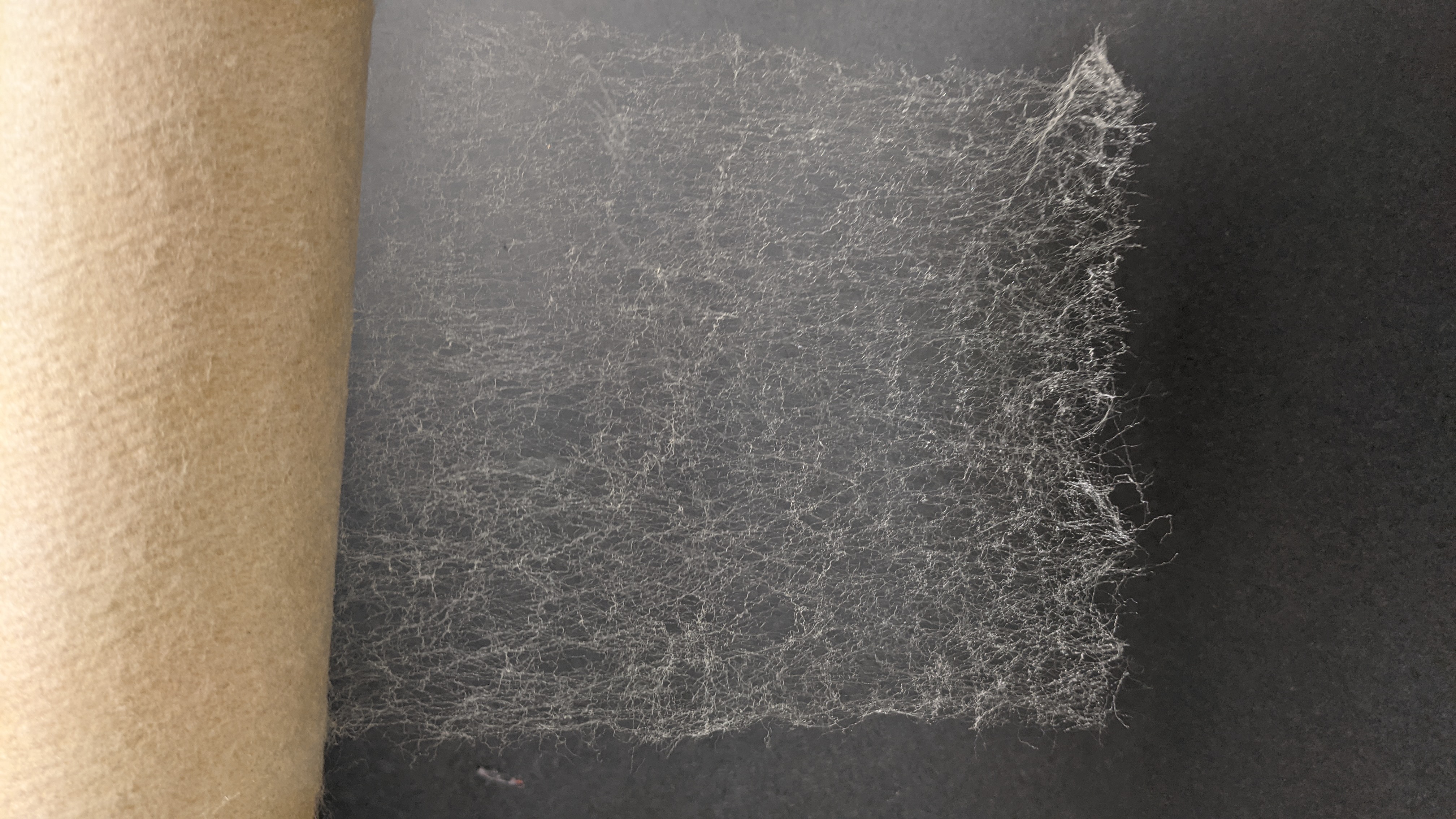We are often asked by our customers to let them know if we can sense or edge guide a certain material. This is how this usually goes:
We have a difficult to sense material. It is very porous, non-homogeneous, extremely translucent... Do you think your web edge sensor can see the material and guide the material?
And our answer typically is, yes we can.
Seeing is Believing
Even though we believe we could see any material, we typically ask our customers to send a sample for testing. Seeing is believing, so we do some tests and send a video or a report to the customer. This gives them a sense of comfort and trust in our ability. We received one such sample from a customer oversees. The material was a nonwoven melt blown material. I wanted to share this because this is one of those challenging materials that are impossible to detect with typical web edge sensor.
Here are some pictures send by the customer:


And here are the pictures from when we received the samples:


Clearly the web is extremely porous with a lot of gaps. Any blocking/unblocking sensing principle would not be a good option. Let's see how our sensor performs.
Roll-2-Roll® Sensor Performance
Well we will let the video speak for itself.
What do you think?
Seeing is believing right! Our sensors are essentially a line scan camera so they can overcome the limitations of conventional web edge sensors. We can indeed see any material, even without any setup or calibration. This video was taken with our standard factory default parameters. If you have some challenging materials that you are having trouble sensing, please give us a shout and we will help you guide it.
Final Note
I want to leave you with a final note. Not everyone needs to guide such a material. Most often the customer get away without guiding the web and trimming off the edges to create a straight edge. But the problem with that is, every downstream process needs to trim certain amount and this can add up. If your machine accuracy, without guiding, is ± 0.25 in then you need to trim about 0.5 in of trim. If you can live with it then you don't need to guide the web. If not you do need guiding. Our guess is, more and more customers are looking for ways to reduce waste. If you are one of those customer please call us and we would be glad to help.
